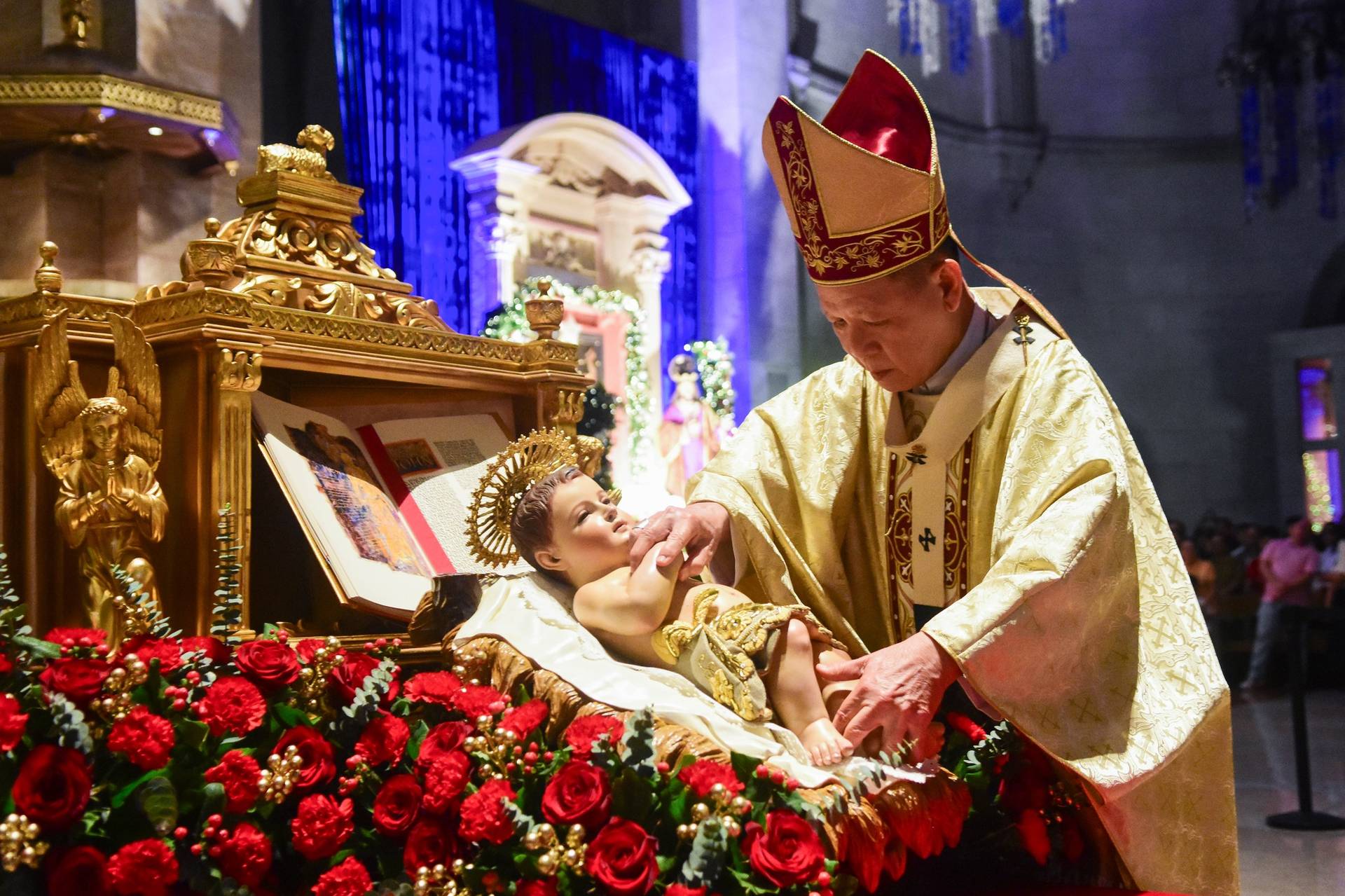NEW YORK — One hundred years after the Russian Revolution – when the Bolsheviks and Vladimir Lenin overthrew the Tsar and took control of the Russian state, eventually leading to the formation of the Soviet Union – a new documentary produced by Catholic News Service, chronicles both the ruin and the rebirth of the Russian Orthodox Church during that time.
The documentary, Faces among Icons, was released earlier this month, and showcases a range of individuals providing firsthand accounts of the changes that have occurred within the country since the fall of communism and offering their perspectives on the extent to which church-state cooperation is healthy for the future.
Following the Revolution, Russian believers faced severe persecution. While the exact numbers are unknown, an estimated 12-20 million Russian believers were killed for their faith throughout the twentieth century.
As one of the documentary’s main subjects, Eugene Vodolazkin, recounts, “There were more martyrs in our country during the 20th century than there were during all previous epochs.”
Yet despite such devastation, the persecuted faithful kept the Church alive during this time and in many ways, Faces among Icons is a testimonial to the resilience of faith and proof that indeed, “the blood of the martyrs is the seed of the Church,” as the Church father Tertullian once said.
Another interviewee, Daniel Khudyakor, a Russian Orthodox churchgoer, highlights the recent progress by noting “There has never been a time in our history when so many churches and monasteries were being opened without persecution.”
In the past thirty years, 20,000 churches have been restored and over 800 monasteries restored or reopened.
“We are modern, but we are keeping our traditions,” says another churchgoer in the film.
By some accounts, eighty percent of the country’s 144 million inhabitants identify as Russian Orthodox, yet only an estimated five to eight percent attend services at Easter, the Church’s largest feast, an indication that the work of renewal is an ongoing effort.
Yet, the documentary focuses predominantly on the faith of the younger generations, who are still influenced by the country’s recent history, but are eager not to let it define them.
“For us students, young people of the faith, the whole idea of the Church was our search for something unique, something different from the Soviet environment,” says one of the film’s subjects.
He goes on to add that it is “not only a search for faith, but a search for the true Russia.”
Following the fall of the Soviet Union in 1991, the faith has gradually been making a resurgence. Yet as Faces among Icons evidences, there is still tension over how much influence the state should yield over the church.
Toward the film’s conclusion there is footage of Russian President Vladimir Putin speaking in front of an Orthodox church proclaiming, “Our state is not anti-religious anymore.”
Another of the film’s subjects echoes those sentiments, saying, “It is a joyful thing that in modern Russia, one can express himself within the Church in both a spiritual and creative manner.”
The Putin government, however, has been sharply criticized for suppressing freedom of conscience and other democratic ideals, which several of the film’s interviewees describe as “Christian values” at odds with today’s Russian state.
Despite such conflicts, Pope Francis and Russian Patriarch Krill have enjoyed a particularly warm and cooperative relationship – resulting in the first meeting between a pope and a patriarch in over 1,000 years. Together, they have pushed for Russian Orthodox and Catholic cooperation for both shared Christian causes and international cooperation on various fronts.
Perhaps it’s for this very reason that Catholics should have a heightened interest in the Russian Orthodox Church. While Faces among Icons is timed to coincide with the centenary of the Russian Revolution, for Catholics, the year 2017 also marks the 100-year anniversary of the apparitions of Our Lady of Fatima.
“One hundred years ago, Our Lady of Fatima called for the conversion of Russia to Christ,” said Catholic News Service editor-in-chief Greg Erlandson.
“Following seven decades of atheistic Communism, there now appears to be the seedlings of a Christian renewal, which is the subject of this remarkable film,” Erlandson told Crux.
“Despite both church-state tensions within Russia as well as its increasingly fraught relationship with the United States, this is news that we can cheer.”

















